What are Diecast Cars?
Diecast cars are miniature replicas of real-life vehicles, meticulously crafted from metal using a process called die-casting. This process involves injecting molten metal, typically zinc alloy, into molds to create highly detailed models. These cars have captivated collectors and enthusiasts of all ages, offering a tangible connection to automotive history and design. From classic automobiles to modern supercars, diecast cars provide a miniature world for display, play, and investment. The appeal lies not only in their aesthetic beauty but also in the precision and craftsmanship involved in their production, making them prized possessions for many.
The History of Diecast Cars
The history of diecast cars is a fascinating journey that mirrors the evolution of the automotive industry. These miniature marvels started as simple toys but have evolved into highly detailed collectibles. The early days saw the development of the die-casting process itself, paving the way for intricate designs and mass production. Over time, diecast cars have reflected the changing tastes and technological advancements of society, becoming a reflection of cultural and automotive history.
Early Development (1900s to 1950s)

The earliest diecast models emerged in the early 20th century, primarily as toys. These were often simple in design and construction, using basic die-casting techniques. During this period, manufacturers focused on creating durable playthings, with less emphasis on realism or detail. These early models laid the foundation for the future of diecast cars, demonstrating the potential of the die-casting process to create miniature vehicles. As the technology evolved, so did the complexity of these early diecast cars.
The Golden Age (1960s to 1970s)
The 1960s and 1970s marked a golden age for diecast cars, with significant advancements in design and production. Manufacturers like Matchbox, Corgi, and Dinky introduced detailed models with realistic features, appealing to a wider audience. This era saw the rise of iconic car models replicated in miniature form, capturing the essence of the automotive landscape. The increased precision in manufacturing and the introduction of new materials allowed for more intricate details, solidifying the diecast car’s appeal among collectors and enthusiasts.
Modern Era (1980s to Present)
The modern era has witnessed further refinements in diecast car technology, with advanced techniques and materials. The focus shifted to creating highly accurate and detailed replicas. Modern diecast cars feature intricate interiors, realistic paint finishes, and opening parts. This era also saw the emergence of specialty brands catering to collectors, producing limited-edition models of rare and sought-after vehicles. The continued popularity of diecast cars underscores their enduring appeal and their role as a bridge between history, craftsmanship, and the passion for automobiles.
Top 7 Facts about Diecast Cars
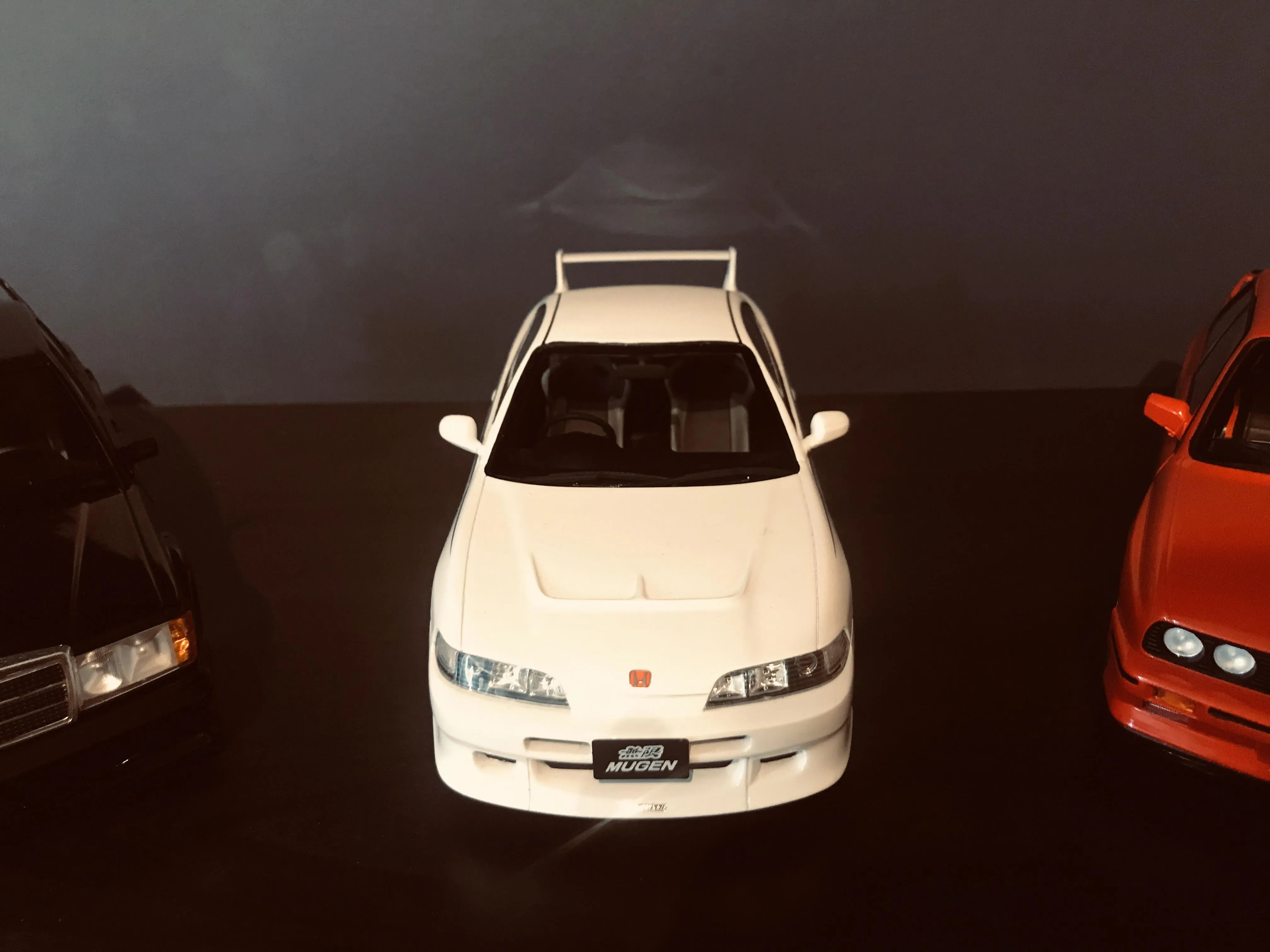
Fact 1 Material Composition
Diecast cars are primarily made from a zinc alloy, often referred to as zamak. This alloy is ideal due to its low melting point, which facilitates the die-casting process, and its ability to capture fine details. Other materials, such as plastic and rubber, are used for tires, interiors, and other components. The combination of materials allows for the creation of highly detailed and realistic models, making diecast cars a testament to innovative manufacturing techniques.
Fact 2 Scale Sizes
Diecast cars come in a variety of scale sizes, with 1:18, 1:24, and 1:43 being the most popular. The scale refers to the ratio between the model’s size and the actual vehicle. 1:18 scale models are larger and offer intricate details, making them a favorite among serious collectors. 1:43 scale is more common for mass-produced models and offers a wider variety of vehicles. Different scales cater to diverse preferences and collection goals, providing enthusiasts with options for display and collection.
Fact 3 Famous Brands
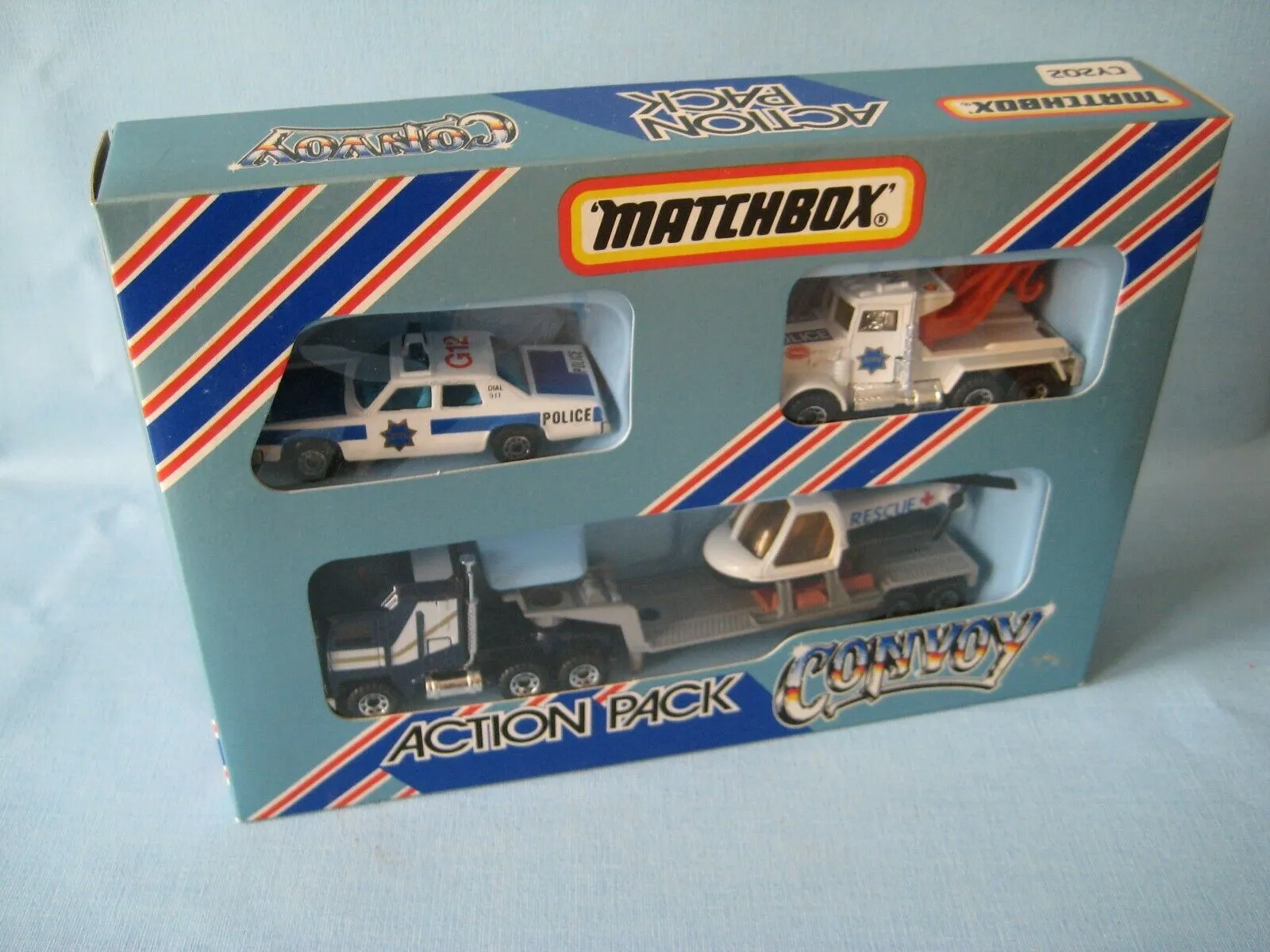
Several brands have become synonymous with diecast cars, including Hot Wheels, Matchbox, Maisto, and Autoart. Hot Wheels and Matchbox are known for their affordability and mass appeal, targeting a broad audience. Premium brands like Autoart specialize in highly detailed, high-end models, appealing to collectors. These brands have contributed significantly to the popularity and evolution of diecast cars, offering a diverse range of models to suit every enthusiast’s taste and budget.
Fact 4 Collectibility and Value
Diecast cars are highly collectible, with value influenced by factors such as rarity, condition, and historical significance. Limited edition models and those in mint condition command premium prices. Certain models, especially those from iconic brands or specific historical periods, can become valuable investments. The collectibility of diecast cars highlights their appeal beyond mere toys, turning them into treasured items for enthusiasts worldwide. Rarity and condition play a vital role in determining their market value.
Fact 5 Production Techniques
Diecast cars are manufactured using a precise die-casting process. Molten metal is injected into molds, creating the body of the car. Subsequent processes involve detailing, painting, and assembly, ensuring that each model accurately reflects its real-life counterpart. Advanced production techniques, including the use of computer-aided design (CAD) and laser scanning, allow for incredibly detailed and accurate reproductions. This meticulous process is what gives each diecast car its realistic appearance and collectible appeal.
Fact 6 The Hobby’s Community
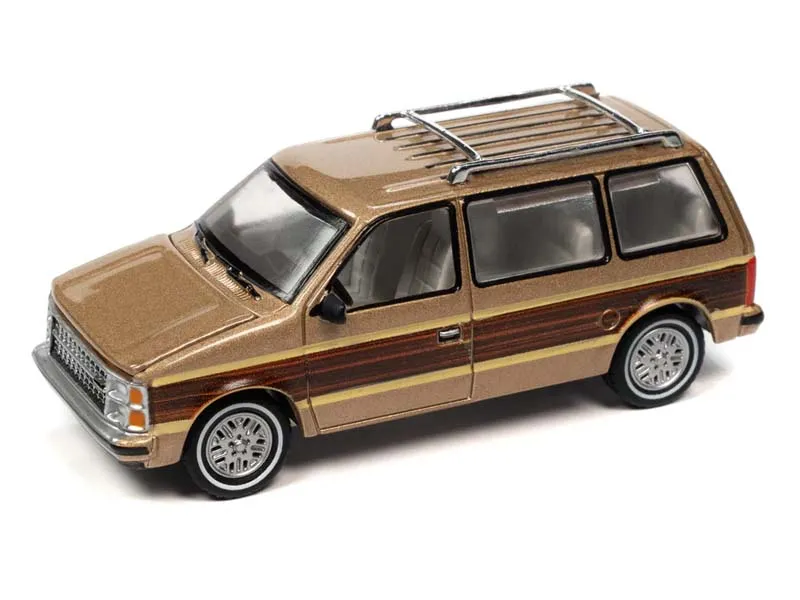
The diecast car hobby fosters a strong sense of community among collectors and enthusiasts. Online forums, social media groups, and collector clubs provide platforms for sharing knowledge, showcasing collections, and trading models. These communities connect people with a shared passion for automotive history, design, and craftsmanship. Events such as car shows and swap meets offer opportunities for enthusiasts to come together, view collections, and celebrate their shared hobby.
Fact 7 Restoration and Preservation
Restoration and preservation are essential aspects of the diecast car hobby. Many collectors restore vintage models to their original condition, while others focus on preserving the condition of their collections. Restoration can involve cleaning, repainting, and replacing damaged parts. Proper storage and display techniques are crucial for protecting models from damage and preserving their value. These practices ensure the longevity and continued enjoyment of these miniature masterpieces.
Factors Influencing Diecast Car Value
Rarity and Limited Editions
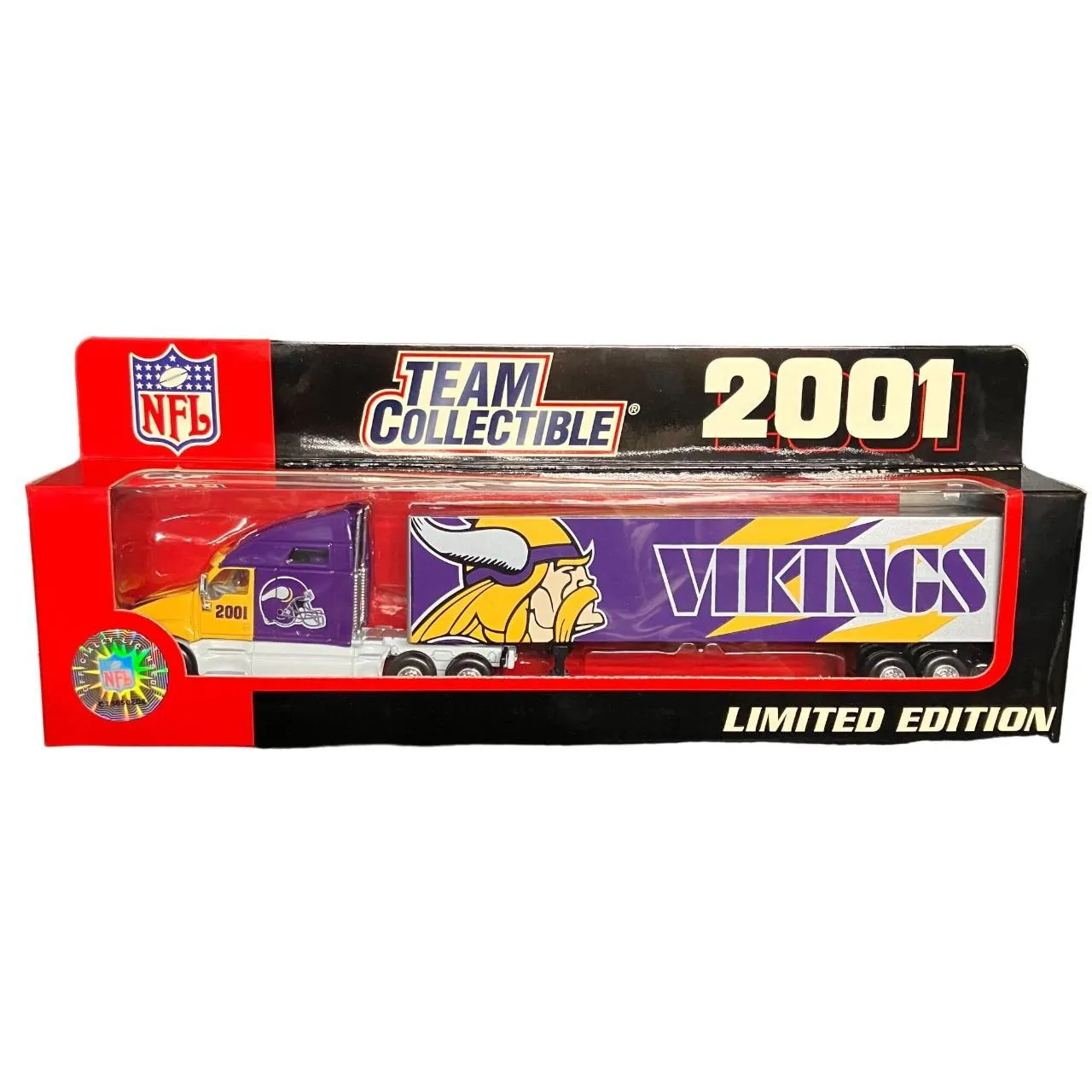
Rarity is a primary driver of value in the diecast car market. Limited edition models, especially those with a low production run, often command higher prices. Collectors actively seek out rare models, considering them prized additions to their collections. The scarcity of a model, combined with its desirability, contributes significantly to its market value. Limited editions typically feature unique details or paint schemes, enhancing their appeal to collectors.
Condition and Preservation
The condition of a diecast car is critical in determining its value. Models in mint condition, with no scratches or damage, are highly sought after. Collectors meticulously examine models for imperfections, as any flaws can impact their value. Proper storage and care are crucial for maintaining the condition of a diecast car, ensuring it retains its value over time. Preserving the original packaging also adds to the collectibility of the model.
Brand and Model Popularity
The brand and model of a diecast car significantly influence its value. Certain brands, like Autoart, are known for producing high-quality, detailed models, which tend to be more valuable. The popularity of a particular car model also plays a role, with iconic cars or those with historical significance commanding higher prices. Collectors often focus on specific brands or models, driving up demand and increasing the value of their chosen collectibles.
Where to Buy Diecast Cars
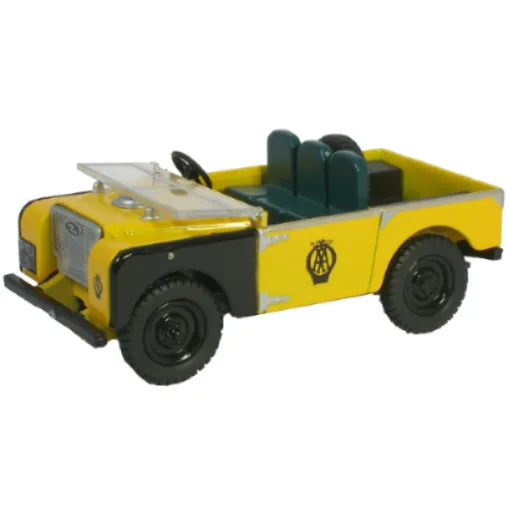
Online Marketplaces
Online marketplaces such as eBay, Amazon, and specialist diecast car websites offer a vast selection of models. These platforms provide access to a wide range of sellers and models, from common releases to rare collectibles. Online marketplaces also offer the convenience of comparing prices and reading reviews before making a purchase. Collectors often find great deals and discover hard-to-find models through these online resources.
Specialty Shops and Dealers
Specialty shops and dealers are dedicated to selling diecast cars, providing expert knowledge and often carrying rare or exclusive models. These retailers offer a curated selection, catering to serious collectors. Visiting specialty shops allows enthusiasts to inspect models in person, ask questions, and receive personalized advice. Building relationships with dealers can also provide access to hard-to-find models and advance notice of new releases.
Collecting and Displaying Diecast Cars
Proper Storage and Display Techniques
Proper storage and display techniques are essential for preserving diecast cars. Models should be stored in a cool, dry environment, away from direct sunlight. Using display cases or shelves protects models from dust and damage. Rotating the display regularly and avoiding exposure to extreme temperatures helps maintain their condition. Implementing these techniques safeguards your collection, preserving its value and allowing you to enjoy your diecast cars for years to come.
Joining a Diecast Car Club
Joining a diecast car club is a great way to connect with other enthusiasts and share your passion. Clubs offer opportunities to exchange knowledge, participate in events, and expand your collection. Attending meetings, car shows, and swap meets provides a social environment where you can discuss your favorite models, trade cars, and learn from other collectors. Joining a club enhances the enjoyment of the hobby by providing a supportive community of like-minded individuals.
